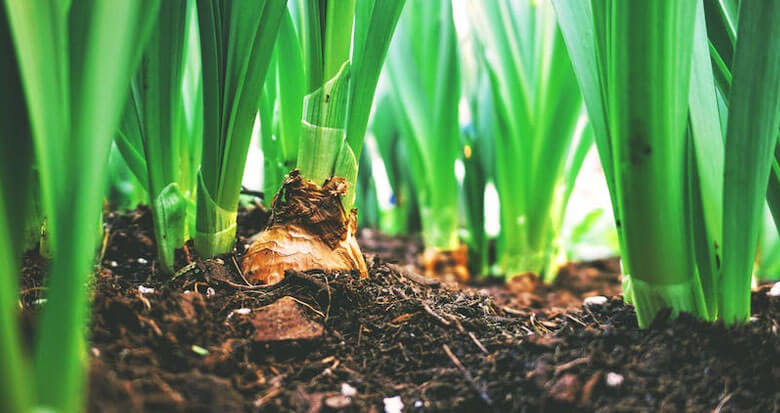Sodium carboxymethyl cellulose (often known as Sodium CMC or CMC) is a kind of cellulose derivative. The existence of carboxymethyl in the hydrophilic group makes CMC very easy to combine with water, and under the action of hydrogen bond and van der Waals force, the polymer interleaved to form a network structure, which can be combined with a large number of water to form hydrogels. CMC is non-toxic and rich in sources and can be easily degraded by soil microorganisms, so it can be used as a soil amendment material.

There have been some researches on the application of Sodium CMC in soil amendment:
- The application of CMC can help improve soil non-capillary porosity;
- The application of CMC can increase the cohesion of aeolian sand soil and improve the soil shear strength, so as to conserve water and fix sand and promote the ecological restoration in the desert area;
- CMC treatment can maintain a higher fraction of soil ammonium nitrogen in the surface within 15 cm, which can improve soil corrosion resistance and promote crop growth;
- The application of CMC can improve water retention capacity of soil, reduce the infiltration of soil water and inhibit the evaporation process;
- As water-soluble polymer material, CMC can combine fine particles in soil into larger aggregates, thus increasing soil porosity and providing more channels for soil salt leaching, which can be applied to the improvement of saline-alkali soil.
If you would like to get more information about Sodium CMC used in soil amendment, please feel free to contact SINOCMC.
SINOCMC TEAM
